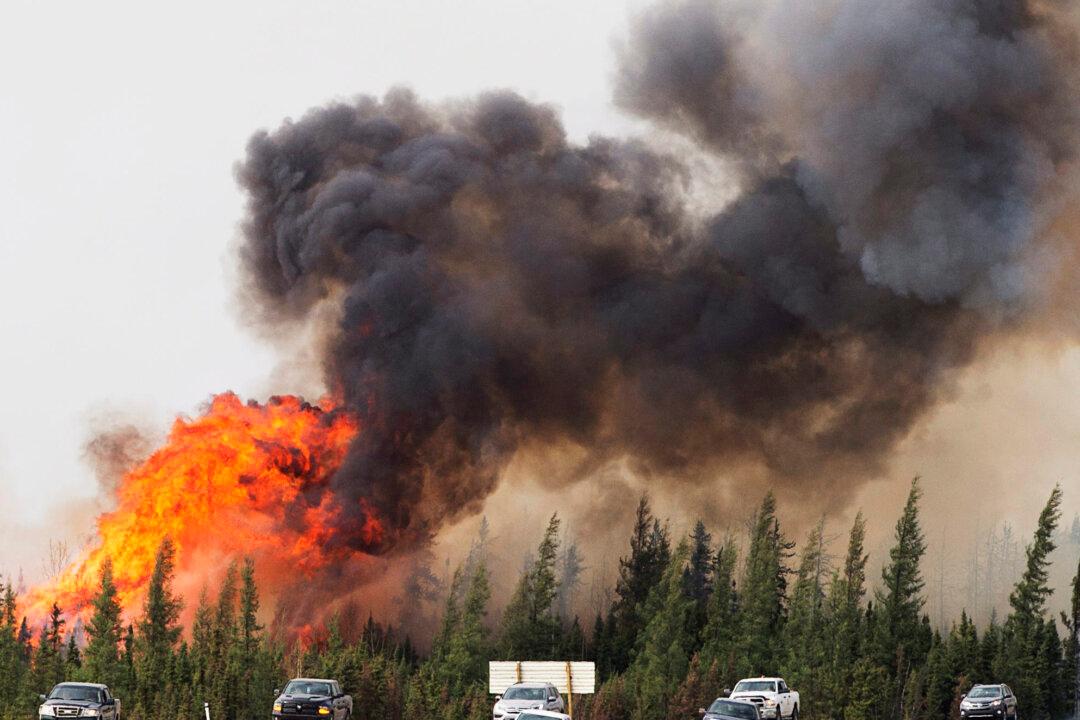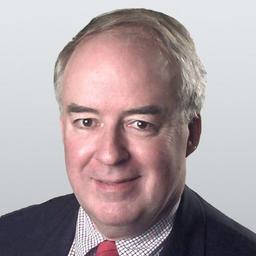CALGARY—It’s been a couple of months since the fire at Fort McMurray hit the news. The anecdotes and images are still fresh: cars and trucks driving through flames, families separated, pets and vehicles left behind, a massive traffic jam down Highway 63.
Who can forget the 301 firefighters from South Africa, hired at $15 a day, not $11.20 an hour? Or StatsCan suspending census-taking on May 5 but encouraging residents to complete their forms online or over the phone?
The wind picked up to 72 kilometres per hour, creating conditions for the perfect wildfire storm.





